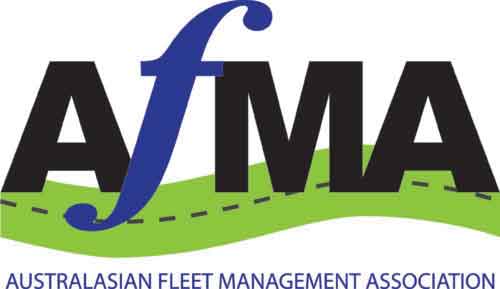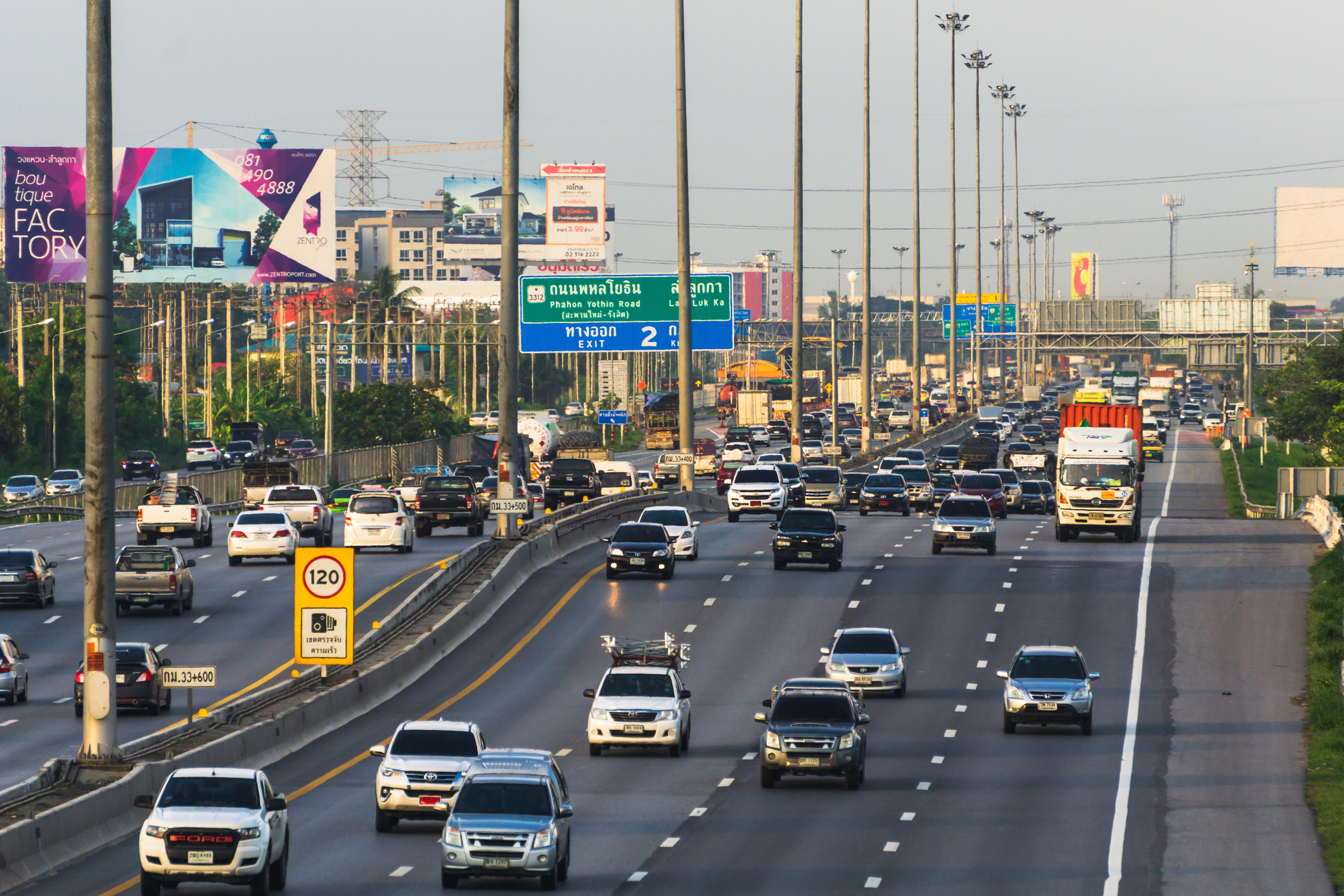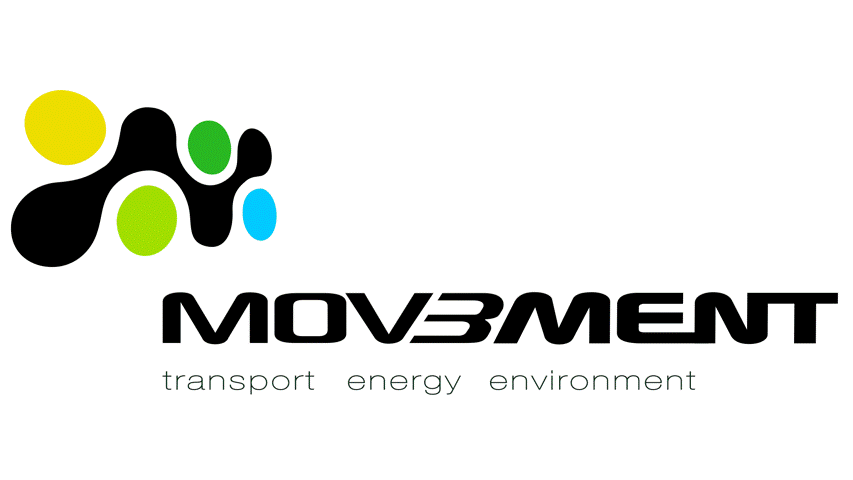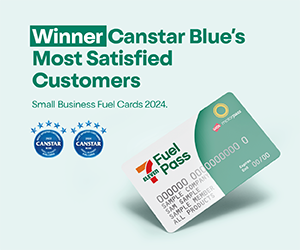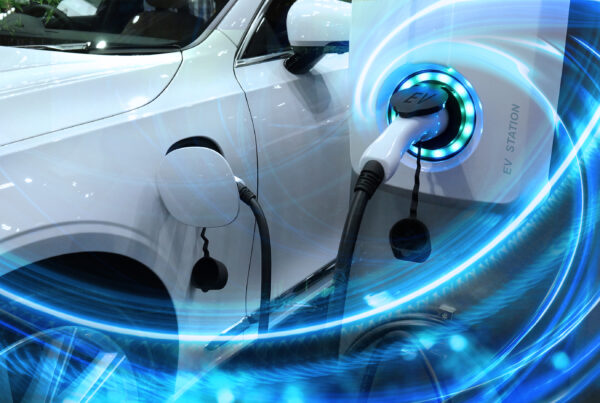Thailand’s domestic car sales finally show an increase of 1 per cent year-on-year after a period of steady decline. Meanwhile, vehicle production continues its low streak while exports and EV sales surge.
SALES STATISTICS
Domestic car sales increase slightly from 46,738 units sold in April last year to 47,193 units sold last month. This 1 per cent growth bodes well for Thailand, as the kingdom experienced a streak of declining sales over the last 2 years.
Thailand’s top-selling cars barely broke the 5,000 unit mark as Japanese car makers dominate the market once again. The Toyota Hilux was the best-selling model with 4,997 units sold—an 18.8 per cent decrease year-on-year. Since January 2025, 23,241 Hilux units have been sold so far, 25.9 per cent down from the same period last year.
Other Toyota models such as the Yaris ATIV and Yaris Cross make the list with 4,212 units and 2,754 units sold respectively. While the Yaris Cross is 9.9 per cent down from last year, the Yaris ATIV showed a 10.9 per cent increase YoY.
Meanwhile, the Fortuner and Corolla Cross come at 8th and 9th place respectively. Both models sold around 1,200 units each with the Fortuner only declining by a slight 1.4 per cent YoY. The Corolla Cross, however, decreased by 6.5 per cent compared to April last year.
Sandwiched between Toyota’s models is the Isuzu D-Max with 4,681 units sold, down 21.4 per cent year-on-year. Another Isuzu model, the MU-X falls short at 10th place with only 1,106 units sold but a 2.9 per cent increase YoY.
At 6th place is BYD’s Sealion 6 with 2,640 units sold since January this year with no data yet for a year-on-year comparison. The Chinese EV maker opened its Thailand factory in July last year, making it BYD’s first plant in Southeast Asia.
Honda is the last car brand to make the list with the City and HR-V models placing 6th and 7th place respectively. Sales of the Honda City fell 9.8 per cent YoY from 2,656 units last year to 2,396 units sold this year. Fortunately, the HRV improved by 5.7 per cent this year with 1,969 units sold.
EXPORT AND PRODUCTION STATISTICS
Domestic sales were revived while production rates continued to worsen for Thailand’s auto industry. Overall vehicle production for the kingdom in April reached only 104,250 units. This number is down by 19.75 per cent compared to March 2025 but only 0.40 per cent lower year-on-year. From January to April 2025, overall vehicle production amounted to 456,749 units—11.96 per cent down YoY. Unfortunately for Thailand, this figure is its lowest and marks a 44-month streak of decline.
Comparing internal combustion vehicles and battery-powered vehicles, the latter’s production rose significantly. Production of battery electric vehicles (BEV) increased by 639.75 per cent while PHEVs (plug-in hybrid electric vehicles) and hybrid electric vehicles (HEVs) also rose by 319.11 and 35.31 per cent respectively.
On the other hand, production of ICE vehicles declined by 33.60 per cent. Nearly all categories under auto production declined significantly. Passenger vehicles for export production plummeted by 36.93 per cent while pick-up truck manufacturing fell by 3.06 per cent.
In terms of exports, Thailand exported 65,730 units overall for the month of April. This figure is 18.77 per cent down compared to last month, 6.31 down YoY. Lower exports are attributed to stricter safety standards and regulations as well as carbon emissions criteria in other countries. Meanwhile, HEV exports increased by 87.96 percent. Notably, 660 EVs were produced and exported by the kingdom—marking its first EV exports since 2023.
Thailand’s auto market is moving at a slow and steady pace. Earlier this year the kingdom’s car experts noted that the market is on its way to recovery. While vehicle export and production rates are sluggish, domestic sales showed a slight glimmer of hope for improvement.
Was this article informative? Leave us a like to let us know!
